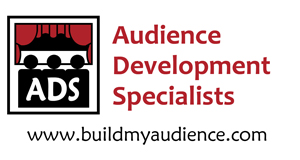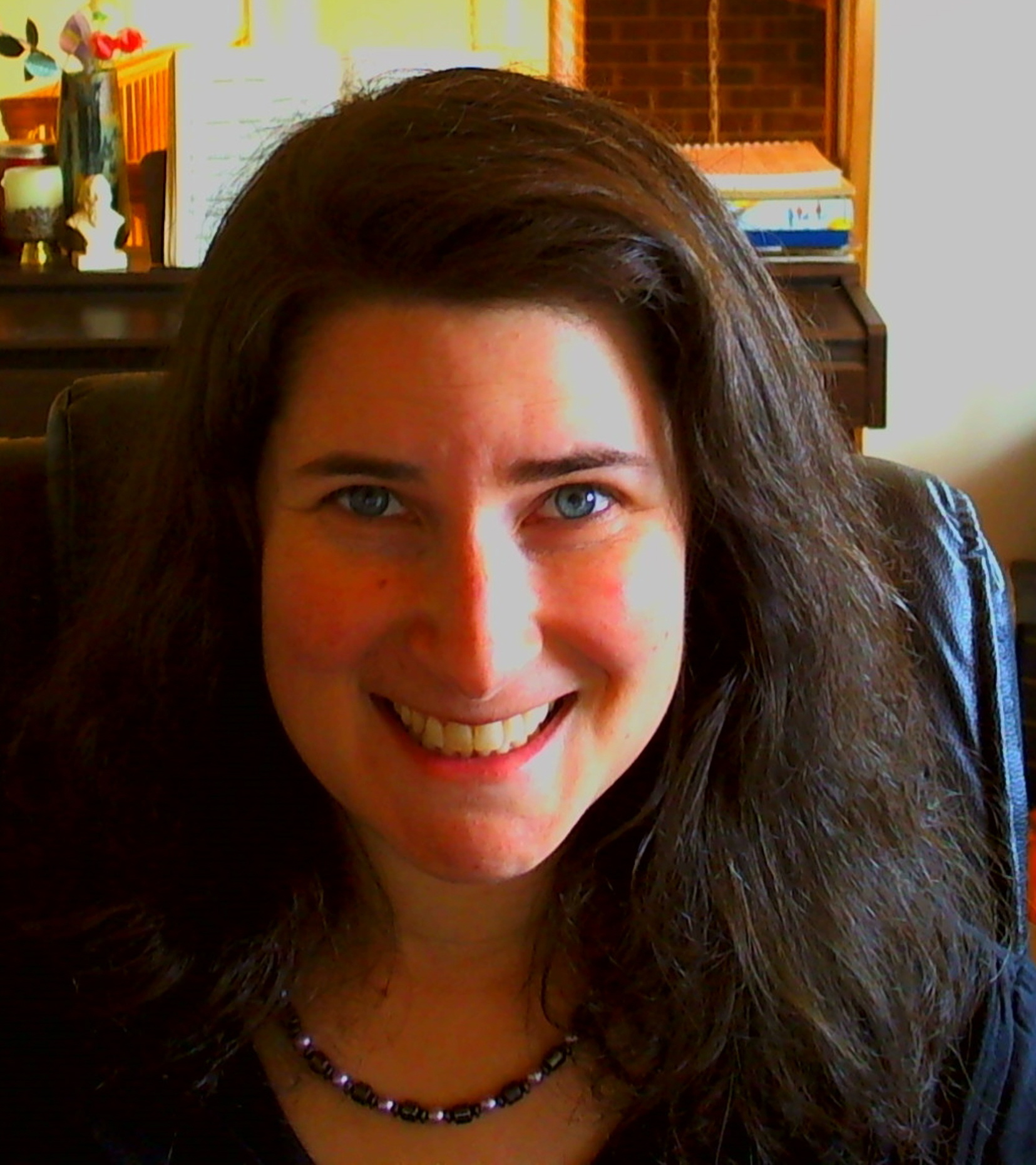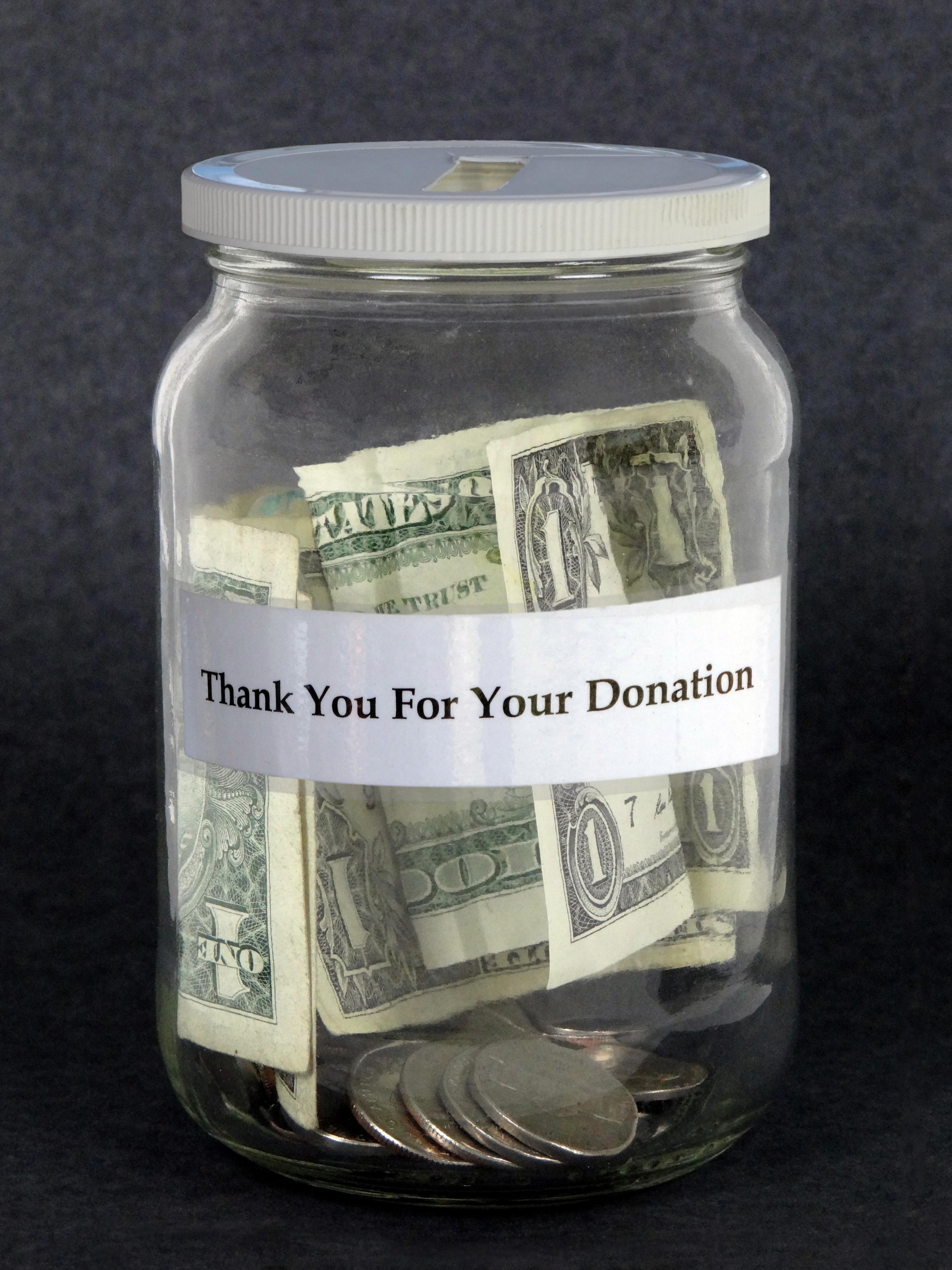 I had someone write to me about a reason why he and his wife, let’s call them Mr. and Mrs. Gen Y, decided not to go to an arts event. It wasn’t about the programming as many of you might think would be the main reason. It was about the details. Mr. Gen Y said I could post his comments to me. I have taken out the exact organization he was mentioning, but it translates to many arts organizations.
I had someone write to me about a reason why he and his wife, let’s call them Mr. and Mrs. Gen Y, decided not to go to an arts event. It wasn’t about the programming as many of you might think would be the main reason. It was about the details. Mr. Gen Y said I could post his comments to me. I have taken out the exact organization he was mentioning, but it translates to many arts organizations.
My wife and I have never been to a live ballet. When we graduated college was when the local ballet theater company nearly went under, cancelled their seasons and had to use canned music when they came back after a couple of years. This weekend is the first performance of the local BT with a live orchestra in nearly five years, and they are doing a majorly popular ballet. Yesterday after finding out it was going to have live music (when we had seen the announcement long ago we assumed it was still canned and thus had no interest), we immediately went to look at getting tickets. Firstly, for “trying” something I’m not going to invest both my time and over $100 (cheapest seats available were over $50 each) for the two of us to go (so there was barrier one – price), so we started looking at the “partial view” seats, which we weren’t really sure about but seemed worth the risk for trying something considering the extremely reasonable price of $18 each. But secondly, at check out, not only was there a $5 service charge, which as someone well versed in card processing, I totally understand, but there was also a “single ticket non-subscriber fee.” That’s not a fee, that’s a penalty. Both my wife and I saw that as a penalty for “trying out” something new and not being a subscriber. Not to mention that this penalty plus the service fee was nearly the equivalent of a third ticket. The sad part is, had they simply priced that “single ticket fee” into the tickets and the partial view tickets were priced at $20 or even $25, we still probably would have gone because our assumption would be that we were paying that money for the seats rather than as a penalty for not being a subscriber. So we said, we’ll pass and go see something elsewhere next year.
The point Mr. Gen Y is trying to make is the fact that seeing extra fees as a penalty was a big turn off. To be honest, it doesn’t matter how old you are, these “penalties” for not being a subscriber would rankle many people’s feathers.
It would be a good idea to look at your language. You want to be welcoming, not penalizing in your nature, concerning new ticket buyers. It is an investment of time and money for someone to take the leap of faith to try out a new art form or to try out your specific arts offering. Support them in this decision and make it a good experience for them before, during and after the event.
For the younger generations who are balancing time, money management, kids, etc., it would be a good idea to look at your pricing structure.
In general, you may want to look at your pricing from your many potential audience members’ perspectives. For example, I have seen very minimal amounts of organizations that attempt programs to help the unemployed ticket buyer or other people that may be having a down on their luck moment in their lives. Get to know your audiences well so you can find out if you want to offer these types of pricing structures.
I hope in the future more people send me their audience perspective comments. Learning directly from the audiences is pure gold for audience building. Once you know what is bothering them, you can do something positive about it!
Cheers to happy and loyal audiences,
Shoshana
Shoshana Fanizza
Chief Audience Builder





Majorly. Pfft.
Can you expand on your Pfft? Thanks for stopping by, Michael.
Well, attracting young audiences willing to buy tickets for the arts is the holy grail. No surprise there. The hard reality is that, with the sickly economy years into a rickety uneven recovery, and the multitude of cheaper entertainment options available, the prospects for audience development are daunting to say the least.
The Mr. and Mrs. Gen Y in your article took the time to write about their experience with the idiotic pricing at their local ballet . The “non-subscriber fee” is one of the goofiest and off-putting add on one might imagine. But the Gen Y couple are gainfully employed, conversant with the ways of online credit card fees, yet still find the full price of $50 for a ticket for ballet with live music too much too spring for. In the Gen Y patois that Mr. Gen Y uses, this is majorly not good.
Maybe the arts in general are now just a sunset industry. With everyone hanging their hats on the frail hope that they can live on ever reduced prices for younger folks and that the young’uns will graduate into full price ticket buyers, it may be time to wake up and smell the bitter reality, the young don’t and won’t buy.
Or, in the patois of an old jaded guy, pfft.
Thank you, Michael, for the translation of your pfft. I agree that it is a major challenge and viewed as the holy grail situation. I think you missed the case for them being a first time buyer, and despite what age you are, it is daunting to shell out $50 each for a new experience that you have no clue whether or not you would like. Either the ticket price needs to be adjusted without those silly “penalities” or the arts organization could have “taste test” videos and other offerings to make it not so daunting.
The young, if they have the money, will go to events they are interested in and feel comfortable with. A recent audience survey found that the two generations that go the most to arts events right now are the Silents and the Millennials. It isn’t so much about the price as how the ticket and the event is perceived. If a person has a newbie perspective, those higher ticket prices seem like a psychological mountain to climb.
Thank you for your perspective, Michael. The competitions and challenges are definitely there, as you mention, yet I feel we do have opportunities to bridge any gaps we might have, if we start to get smart about our audience development.
To chime in here – it’s not necessarily the $50 ticket price that is an initial turnoff. It’s $50 for nose bleeds. Would I pay $50 to try a new art form if the seats were in the front of the mezzanine? Maybe. In the end it’s about perceived value. We hadn’t been to a pro baseball game until this season either. Got great seats for under $20/per during a discount night. I know we love the opera, and thus we have season subscriptions which cost more than our collegiate football season tickets. But the first opera I went to I paid $15 for and sat in the front orchestra seats. That is what got me hooked. Might not have tried it if that seat had cost me twice as much.
This is a good point. I’m wondering if any readers have tried “newcomer seats” or a similar format.
The arts can’t survive without revenue from full price tickets. Subscriptions are drying up, donors are hard to find, but expenses only go up. Arts organizations are typically inept at selling themselves, but the consequences are inescapable. No revenue equals no performances.
Better sign up with Netflix before the next price increase.
I wonder if these people bothered to complain to the company in question. That kind of feedback would be crucial when looking at new policies and fees. Personally, I am surprised that there were such limited options available to them. Most of the larger dance companies (the kind that produce big ballets) have pretty robust programs to attract young professionals including access to last minute tickets often the best available at a substantial discount. They should suggest implementing such a program to the company-they may even be surprised to find out that such a program is already in place…
I am not sure if they provided feedback. Many people, when disgusted, do not bother. It is still the responsibility of the organization to find ways to obtain audience feedback and to encourage their audience members to provide their two cents. Some companies, large or not, do have programs to accommodate newcomers and younger audiences, many still do not. Thank you for chiming in!